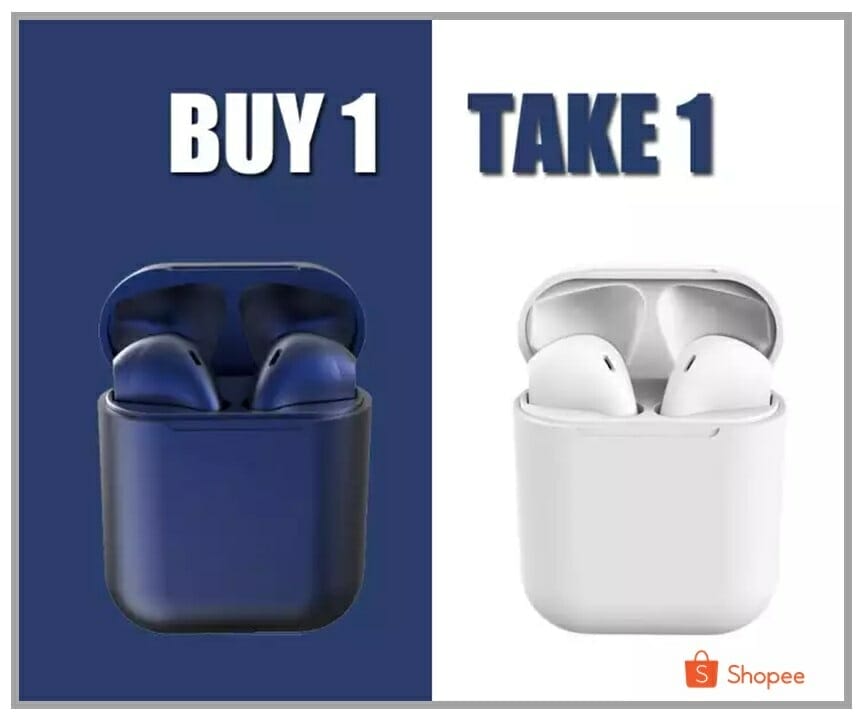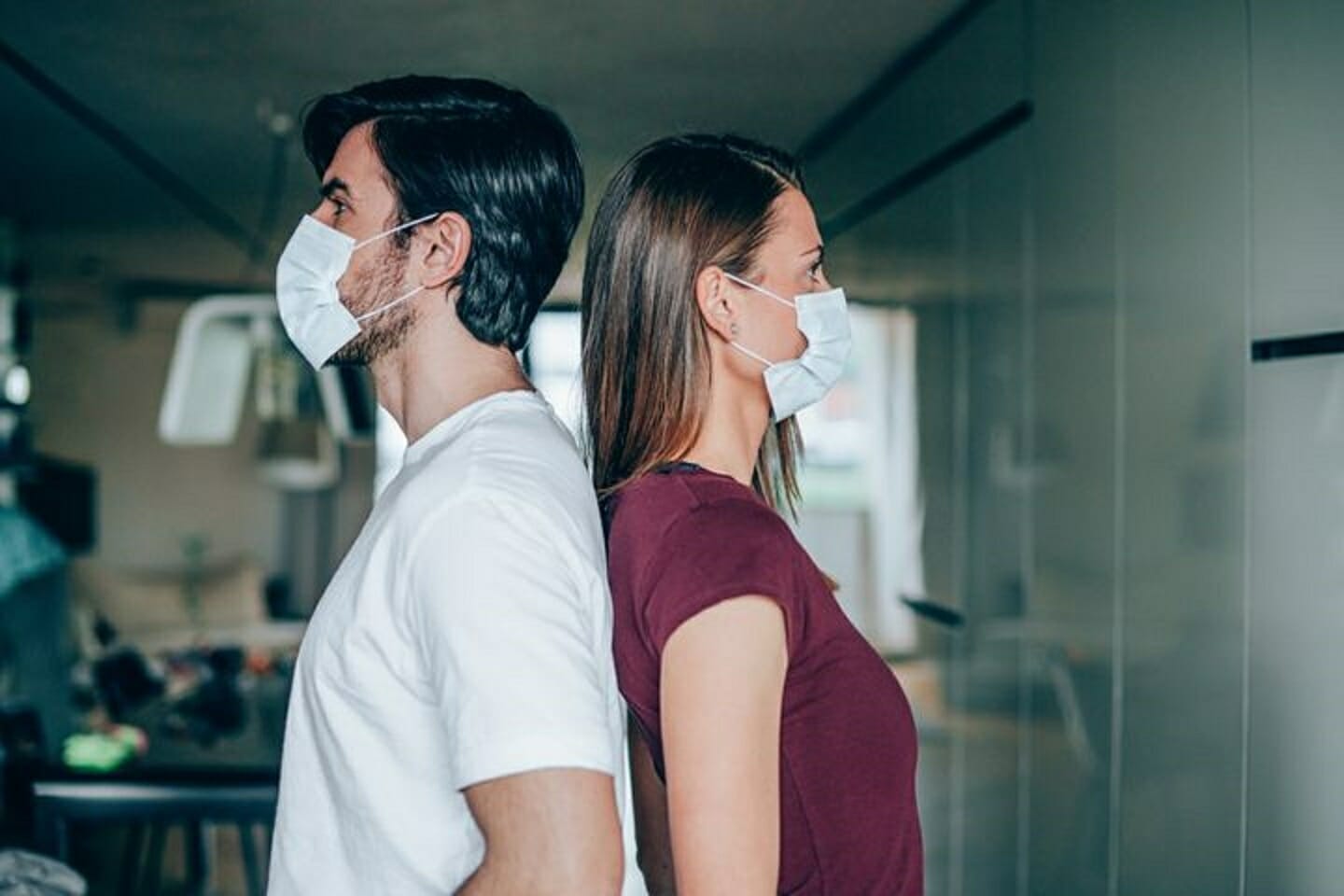Work From Home
To read the full report of Prof. Prithwiraj Choudhury, Harvard Business School, click here
Prior research has documented that during mortality-related crises workers face psychic costs and are motivated to make social contributions. In addition, management practices that encourage workers to make social contributions during a crisis create value for firms. However, the coronavirus crisis of 2020 is unprecedented given conditions of social distancing.
Work from Home vs Cannot Work from Home
It raises the question of whether workers who continued to work (albeit from home) during this crisis were constrained in their ability to make social contributions and exhibited disproportionately greater psychic costs compared to workers who could not work from home. We exploit this shock to estimate differences in content contributions to an online community by workers who work from home (WFH) relative to workers who cannot work from home (CWFH).
Online content contributions are especially pertinent in our context because social distancing constrained traditional forms of social contributions such as physical volunteering. Using data from a popular question-and-answer platform, we estimate a difference-in-differences specification and report nuanced results: while Work From Home workers made 19% fewer online contributions on average and contribute less to topics such as ‘family’, they make 148% more contributions on topics related to ‘Work From Home best practices.’
Using natural language processing tools, we also find that Work From Home workers exhibited greater psychic costs than CWFH workers. We provide evidence for a plausible mechanism, i.e. time allocation, and show that Work From Home workers attempted to catch up on social contributions at the end of their workday, suggesting time constraints. Our research contributes to literatures on managing workers during a crisis, Work From Home and online communities, and have several immediate implications for managing Work From Home and CWFH workers during the coronavirus crisis.
Social Distancing Shock
The coronavirus shock of 2020 is one of the most acute crises affecting companies and workers in recent times. In prior literature, Carnahan et al. (2017) highlight that a mortality related crisis (in their paper, the 9/11 shock) leads to psychic costs for workers and motivates them to make pro-social contributions. In addition, management practices that encourage workers to make social contributions during a crisis create value for firms.
In fact, prior literature in strategic human capital has stressed that firms should motivate workers by offering them opportunities that increase worker satisfaction (Gambardella et al. 2015) and this insight is deeply relevant during a major crisis. However, the coronavirus crisis is unprecedented in that conditions of social distancing forced companies around the globe to ask millions of workers to work from home (Bodewits 2020). This created variation in work arrangements across industries as workers in some industries cannot work from home and raises the question of whether workers who continued to work (albeit from home) during this crisis were constrained in their ability to make social contributions.

We also ask whether workers who made the drastic switch to working from home exhibited greater psychic costs and were constrained for time in the immediate aftermath of the crisis, compared to workers who could not work from home.
Social Contributions Affected
Mandatory social distancing not only created variation in work arrangements for workers, it also constrained traditional forms of social contributions such as physical volunteering. However, workers could still make social contributions, albeit online. In today’s digital economy, an important form of social contribution by workers relates to the unpaid content they contribute to online communities (Boudreau and Lakhani 2013; Zhang and Zhu 2006, 2011; Ghose and Han 2011; Luca 2015). Such content represents an example of a “positive spillover” from the internet to society as discussed by Chan et al. (2013). To quote Zhang and Zhu (2011), “Many public goods on the Internet today rely entirely on free user contributions. Popular examples include open source software development communities (e.g., Linux, Apache), open content production (e.g., Wikipedia, Open Courseware), and content sharing networks (e.g., Flickr, YouTube).” (ibid, page 1601). Thus, we adopt a broad definition of social contribution to mean any free contribution to an online public good.
We exploit the coronavirus shock and provide causal evidence of how workers who work from home (WFH) differ from workers who cannot work from home (CWFH) with respect to content contributed to online communities. The online community of interest is one of China’s largest online question and answer communities. In prior literature, Wang et al. (2013) study online question and answer communities such as Quora and Stack Overflow and conclude that “community question and answer sites provide a unique and invaluable service to its users” (ibid, 1350). Thus, our measure of individual worker output (i.e., the number of answers contributed to the online community) meets the characterization of social contributions (i.e. “helping others”) articulated by Carnahan et al. (2017).

Our pre-period comprises the Chinese New Year holidays when most workers are on vacation in their hometowns. In the post-period, all workers were under mandatory lockdown facing social distancing. However, while individuals working in certain industries (such as the internet industry and the software industry) were asked to WFH, workers in industries such as airlines, computer hardware, and manufacturing could not work from home under lockdown.
We estimate a difference-in-differences specification comparing content contributions of individuals working from home in the post-period to contributions made by individuals who cannot work from home in the post-period.
WFH Report
We report several results.
On average, WFH workers posted 19% fewer answers than CWFH workers. However, WFH workers provided more answers in certain socially helpful categories such as advice on how to work from home.
Using natural language processing tools, we also document evidence of greater psychic costs exhibited by WFH workers compared to CWFH workers. Additionally, we explore a key mechanism (i.e. time allocation) and analyze hourly contributions by WFH and CWFH workers.
This reveals that while during work hours WFH workers contributed less than CWFH workers, they contributed equally between 8pm and midnight.
In other words, WFH workers tried to “catch-up” on the social contributions at the end of the workday, suggesting disproportionate constraints on their time. Our findings contribute to several streams of the strategic human capital literature and have implications for how managers and firms should manage WFH and CWFH workers during a major crisis.
To access the full report of Prof. Prithwiraj Choudhury, Harvard Business School, click here
Other COVID-19 Updates
COVID-19: SOCIAL IMPACT
GineersNow Distributes PPE to Medical Workers
Israeli Cured COVID-19 Patients Using Placenta
COVID-19: HARVARD BUSINESS SCHOOL
Harvard Talks: Engineering Company’s COVID-19 Battle Strategies
Harvard Talks: HVAC Healthy Buildings During COVID-19
Harvard Talks: How Engineering Companies Enact Remote Work?
MIT & Harvard Strategy to Limit the Spread of COVID-19
Harvard Talks: Engineering Sector’s Organizational Development
Harvard Talks: Engineering Leaders Will Engage in Teaming
Harvard Covid-19 Strategy on How to Reopen a Country
Harvard Talks: Forward-Thinking Engineering Leaders
Harvard Talks: Engineering Operation Impact of COVID-19
Harvard Talks: 7 Leadership Principles in the Time of COVID-19
Harvard Talks: Engineering Work Culture After COVID-19 Pandemic
Harvard Talks: 7 Leadership Principles in the Time of COVID-19
Harvard Talks: Cut Salaries or Cut People?
Harvard Talks: The Supply Chain in Post COVID-19 Era
COVID-19: WORLD HEALTH ORGANIZATION
WHO Preparedness and Response to COVID-19
WHO Q&A: COVID-19 and Influenza Comparison
COVID-19: CONSTRUCTION
How Has COVID-19 Impacted The Construction Sector?
Construction Force Majeure During COVID-19
Converting Existing Building to COVID-19 Hospital – WHO Guidelines
WHO COVID-19 Buildings & Tents Screening Layout Standards
COVID-19: HVAC
COVID-19 Hotel is a Huge HVAC Nightmare
Ventilation Standards for Buildings Converted to COVID-19 Hospitals
Air Filtration for COVID-19 Treatment Centers
ASHRAE on COVID-19 HVAC Concerns
COVID-19 WATER & WASTEWATER
The Water Europe Post-COVID-19 Strategy
COVID-19: ENERGY
Petroleum Price Will Never Be The Same After Covid-19
Oil Price Crashes Below $0 per Barrel
Coronavirus will accelerate the growth of renewable energy solutions
COVID-19: ECONOMIC IMPACT
COVID-19 Economic Impact Analysis
COVID-19 Economic Aftermath on the Construction Industry
Postponed Exhibitions in the Philippines due to COVID-19
Cancelled Major Events Around the World Due to COVID-19
World Bank Gives $12 Billion to COVID-19 Affected Countries
COVID-19: VENTILATORS, PPE & TESTS
UCLA 3D-Printed Swabs Helps COVID-19 Testing Shortage
UCLA Biodesign Fellow Focuses Biomedical Engineering Insights on Swabs Shortage
Philips Ventilator Respironics E30 for ICU COVID-19 Patients
Here’s the Tesla Ventilator Prototype
Lamborghini Medical Shields & Surgical Masks for Health Workers
UCLA Engineer Made a Ventilator from Hardware Items
Forecast Deaths, Hospitals & Ventilators: COVID-19 Impact, USA Full Report
Top 10 Largest Ventilator Manufacturers in the World
Metronic Ventilator Ramping Up Production
Engineers, Can You Help Build a DIY Ventilator for Hospitals?
PPE Shortage Endangering Health Workers Worldwide
COVID-19: STATISTICS & FORECASTS
COVID-19 Deaths to Reach 81,000 in US By June – Forecasts by IHME & Univ. of Washington
List of Government Officials Tested Positive in PH
COVID-19 War: 70K Physicians vs 109M Filipinos
Famous People Who Have Tested Positive for COVID-19
These Politicians Tested Positive for Coronavirus (COVID-19)
COVID-19 Philippines: DOH on Code Red Status
COVID-19: SCIENCE
100% Success Rate for Pluristem COVID-19 Treatment
What If There’s No Vaccine To Fight COVID-19?
COVID-19 Treatment: The Search Continues
Clean Air in Europe leads to 11K Fewer Deaths During Lockdown
Complete List of Companies Working on Coronavirus Vaccine
Tiger Tests Positive for Coronavirus at New York Zoo
COVID-19: PREVENTION TIPS
7 Dynamic Tips to Protect Your Business from Potential Wide-Scale Effect of COVID-19
We Need Testing, Vaccine & Treatment, But Until That Happens, We Need This!
How to Create a COVID-19 Proof Workplace
Working From Home Tips for Engineering, Industrial & Tech Companies
Water is Our First Line of Defense Against COVID-19
The List of COVID-19 Disinfectants Approved by EPA
COVID-19: TECHNOLOGY
This Country Sends Covid-19 Test Results by WhatsApp & FB Messenger
Hope Probe Transferred to Japan, Despite COVID-19
Robot Technology to Reinstate a COVID-Free Airport
How Artificial Intelligence Can Drive Greater Speed and Accuracy in Vaccine Development
Cyber-Criminals are Exploiting People’s Fears of COVID-19
COVID-19: MARKETING
Marketing Help for Engineering Companies Navigating COVID‑19
How to Apply for Government Financial Assistance for SMEs
Harvard Talks: How Marketing Works During COVID-19
Rewriting Marketing in Times of COVID-19 Crisis?
Hyundai Motor Extends Warranties Due to COVID-19
Top 5 Most Traded Stocks During COVID-19
COVID-19: EDUCATION
Coaching Builds COVID-19 Resilience to Engineering Team
How COVID-19 Is Changing College Admissions Cycle in 2020
COVID-19: AVIATION
Anticipating The Future of Air Travel on After Covid-19
Don’t Make A Slow Recovery More Difficult with Quarantine Measures
Aviation Industry Roadmap: Post-Pandemic Plan
Emirates New Normal at Airport and Boarding an Airplane
Can We Give Airline Financial Relief to Protect Their Jobs?
Airlines Around the World are Struggling to Survive
COVID-19: APAC Air Passenger Demand Dropped 65.5%
Emirates Airline Passenger Rules During COVID-19
Airlines Around the World are Struggling to Survive
Show Your COVID-19 Test Result at the Airport
The Most Modern Flying Hospital with ICU from Germany
COVID-19 Impact: 25 Million Jobs at Risk with Airline Shutdown
Airbus Gives 3D-Printed Hospital Visors to Health Workers
Airlines COVID-19 Analysis: Aviation Collapsed





































